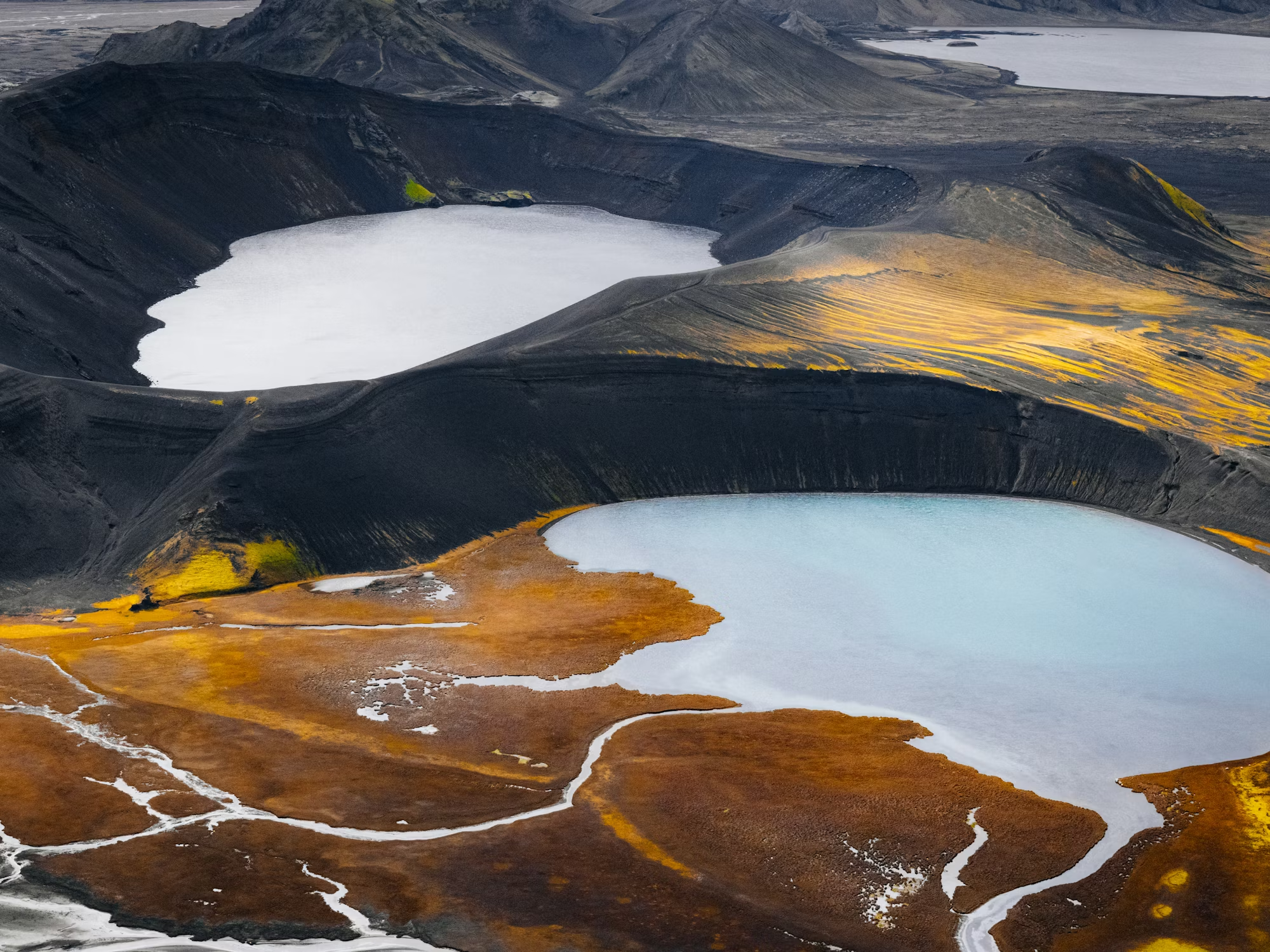Thru-hiking is an adventurous and rewarding way to experience nature, allowing hikers to immerse themselves in stunning landscapes while challenging their physical and mental limits. This article explores the essence of thru-hiking, highlighting its benefits, popular trails, and valuable tips for those looking to embark on their own long-distance hiking journey.
What is Thru-Hiking?
Thru-hiking involves hiking an entire long-distance trail from start to finish in one continuous journey. This unique form of hiking differs from traditional hiking, where individuals may tackle sections of a trail over multiple trips. Thru-hikers typically complete these trails within a set timeframe, often spanning several weeks to months, depending on the trail length and terrain.
The Benefits of Thru-Hiking
1. Connection with Nature
Thru-hiking offers a profound connection to nature. Spending extended periods outdoors allows hikers to experience the beauty of diverse ecosystems, from lush forests to arid deserts. This immersion fosters a deep appreciation for the natural world and can have a transformative effect on one’s perspective.
2. Physical Fitness
Completing a long-distance trail requires physical stamina and endurance. Thru-hikers engage in daily physical activity that strengthens muscles, improves cardiovascular health, and enhances overall fitness levels. The challenge of carrying a backpack with essential gear adds to the physical demands, promoting strength and resilience.
3. Mental Resilience
Thru-hiking is as much a mental challenge as it is a physical one. Hikers face obstacles such as difficult weather, navigation issues, and physical fatigue. Overcoming these challenges builds mental resilience, boosting confidence and problem-solving skills. The sense of accomplishment from completing a long trail can be immensely rewarding.
4. Community and Camaraderie
Thru-hiking often fosters a sense of community among hikers. Many trails see a steady flow of individuals embarking on the same journey, leading to friendships and shared experiences. This camaraderie enhances the overall experience, as hikers support and motivate each other along the way.
5. Digital Detox
In a world increasingly dominated by technology, thru-hiking provides a chance to unplug and reconnect with oneself. Away from screens and distractions, hikers can reflect, meditate, and enjoy the simplicity of life on the trail. This digital detox can lead to improved mental clarity and emotional well-being.
Popular Thru-Hiking Trails
Several iconic trails have gained popularity among thru-hikers for their stunning scenery and diverse challenges. Here are a few notable options:
1. Appalachian Trail (AT)
The Appalachian Trail stretches over 2,190 miles, winding through 14 states from Georgia to Maine. It is one of the most famous long-distance hiking trails in the world, known for its diverse landscapes, including mountains, forests, and rivers. The AT offers both challenging sections and rewarding vistas, making it a favorite among seasoned and novice hikers alike.
2. Pacific Crest Trail (PCT)
The Pacific Crest Trail spans approximately 2,650 miles, running from the Mexican border in California to the Canadian border in Washington. The trail passes through stunning national parks, including Yosemite and Mount Rainier, showcasing breathtaking scenery. Thru-hikers often experience a wide range of climates and terrains, from desert landscapes to snow-covered mountains.
3. Continental Divide Trail (CDT)
The Continental Divide Trail stretches about 3,100 miles along the Rocky Mountains, traversing Montana, Wyoming, Colorado, and New Mexico. This challenging trail offers rugged terrain and spectacular views of the mountain range. The CDT is less traveled than the AT and PCT, making it ideal for those seeking solitude and adventure.
4. Oregon Coast Trail
The Oregon Coast Trail is a 429-mile route that hugs the stunning coastline of Oregon. Hikers can enjoy breathtaking ocean views, sandy beaches, and lush forests. The trail offers a unique combination of coastal and inland hiking, making it a fantastic choice for those who love the ocean and want to experience diverse ecosystems.
5. John Muir Trail (JMT)
The John Muir Trail is a 211-mile trail that runs through the Sierra Nevada mountains in California, connecting Yosemite National Park, Sequoia National Park, and Kings Canyon National Park. Known for its stunning alpine scenery and majestic granite peaks, the JMT is a favorite among hikers seeking an unforgettable wilderness experience.
Essential Tips for Aspiring Thru-Hikers
Embarking on a thru-hike requires careful planning and preparation. Here are some essential tips to help you succeed on your journey:
1. Research and Choose Your Trail
Before setting out, thoroughly research potential trails to find one that matches your experience level, interests, and physical abilities. Consider factors such as trail conditions, weather patterns, and water sources. Each trail offers unique challenges, so choose one that excites and motivates you.
2. Gear Up Wisely
Invest in high-quality gear that suits your needs. A well-fitted backpack, durable hiking boots, and appropriate clothing are essential for comfort and safety on the trail. Don’t forget to pack essential items such as a tent, sleeping bag, cooking equipment, and a first-aid kit. Lightweight gear is crucial to minimize fatigue during long hikes.
3. Train Your Body
Physical preparation is key to a successful thru-hike. Start training several months in advance by gradually increasing your hiking distances and incorporating strength training. Consider doing test hikes with a loaded backpack to acclimate your body to the demands of carrying weight over long distances.
4. Practice Navigation Skills
Familiarize yourself with navigation techniques, including reading maps and using a compass or GPS device. Understanding how to navigate is crucial, especially in remote areas. Practice these skills before heading out to ensure confidence on the trail.
5. Stay Hydrated and Nourished
Proper nutrition and hydration are vital for maintaining energy levels during a thru-hike. Plan your meals in advance and carry lightweight, high-calorie food options. Make sure to drink plenty of water, especially in hotter climates. Many trails have water sources, but it’s essential to know where they are located.
6. Pace Yourself
Thru-hiking is not a race. Listen to your body and pace yourself to avoid injury and exhaustion. Take breaks when needed and don’t hesitate to adjust your daily mileage based on your energy levels. Enjoy the journey and allow yourself to savor the beauty of your surroundings.
7. Leave No Trace
As a responsible hiker, practice Leave No Trace principles to minimize your impact on the environment. Pack out all trash, stay on designated trails, and respect wildlife and plant life. Preserving the natural beauty of the trails ensures future generations can enjoy them.
Conclusion
Thru-hiking is a remarkable way to connect with nature, challenge oneself, and experience the beauty of the great outdoors. With proper planning, dedication, and a spirit of adventure, anyone can embark on a long-distance hiking journey. Whether you’re drawn to the iconic Appalachian Trail or the scenic John Muir Trail, each thru-hike offers its unique set of experiences and rewards. So lace up your hiking boots, prepare your gear, and set out on an unforgettable adventure through nature.



